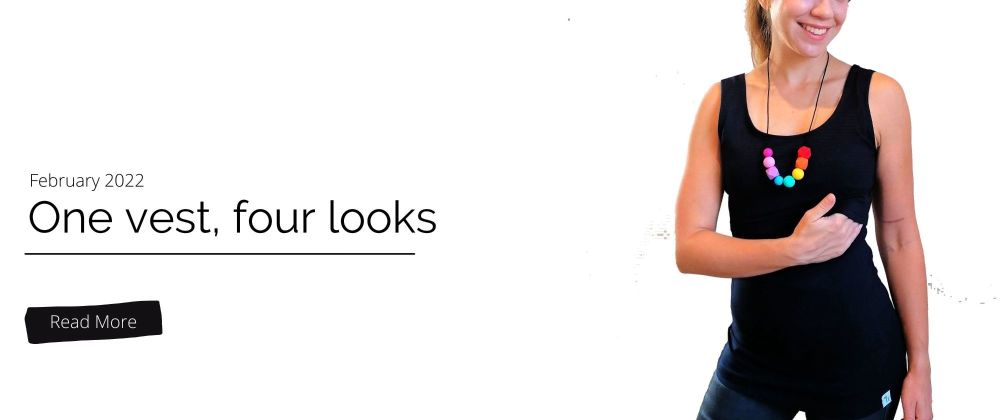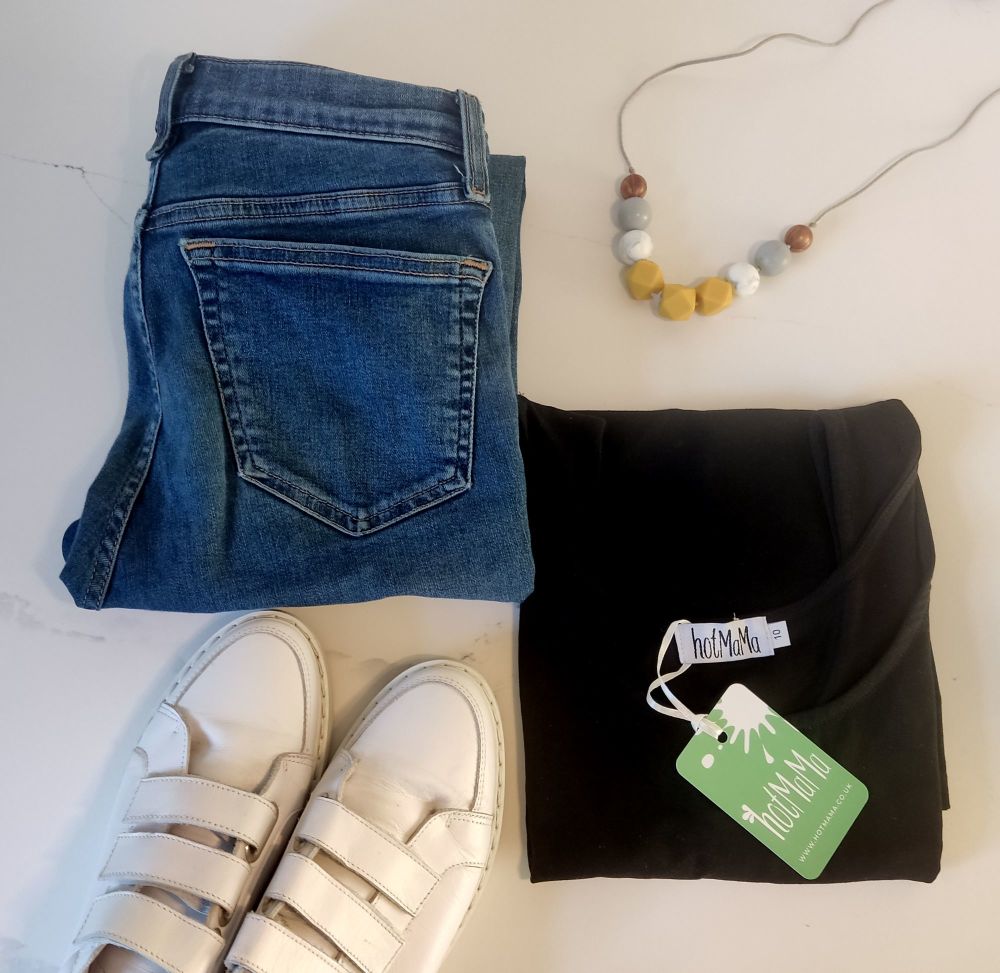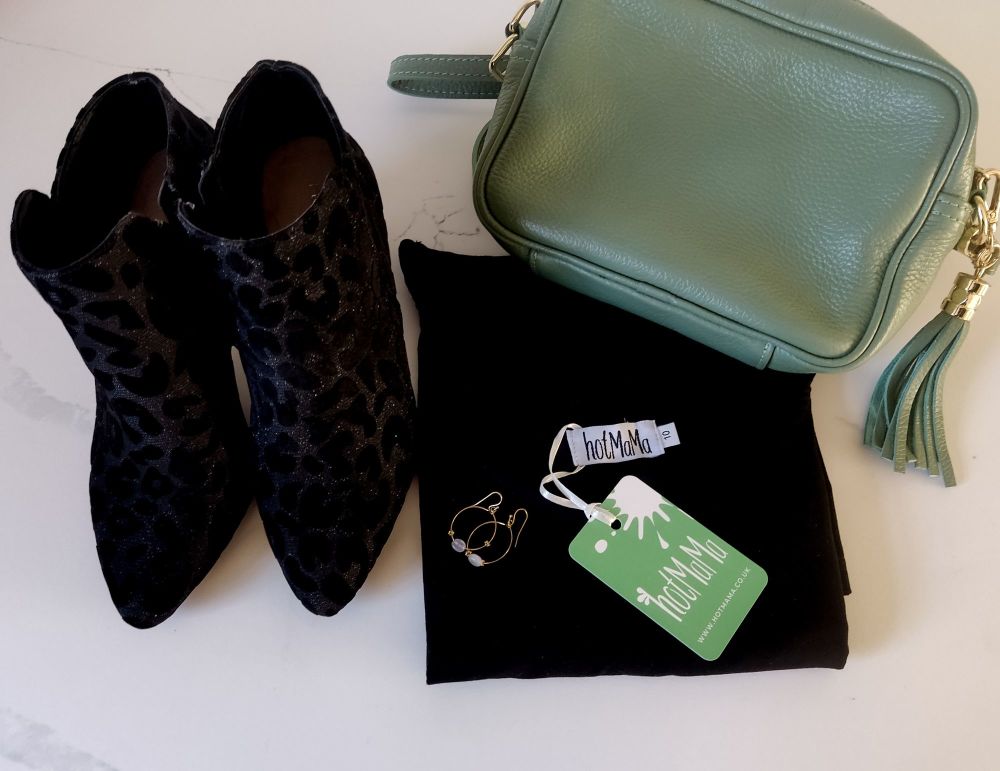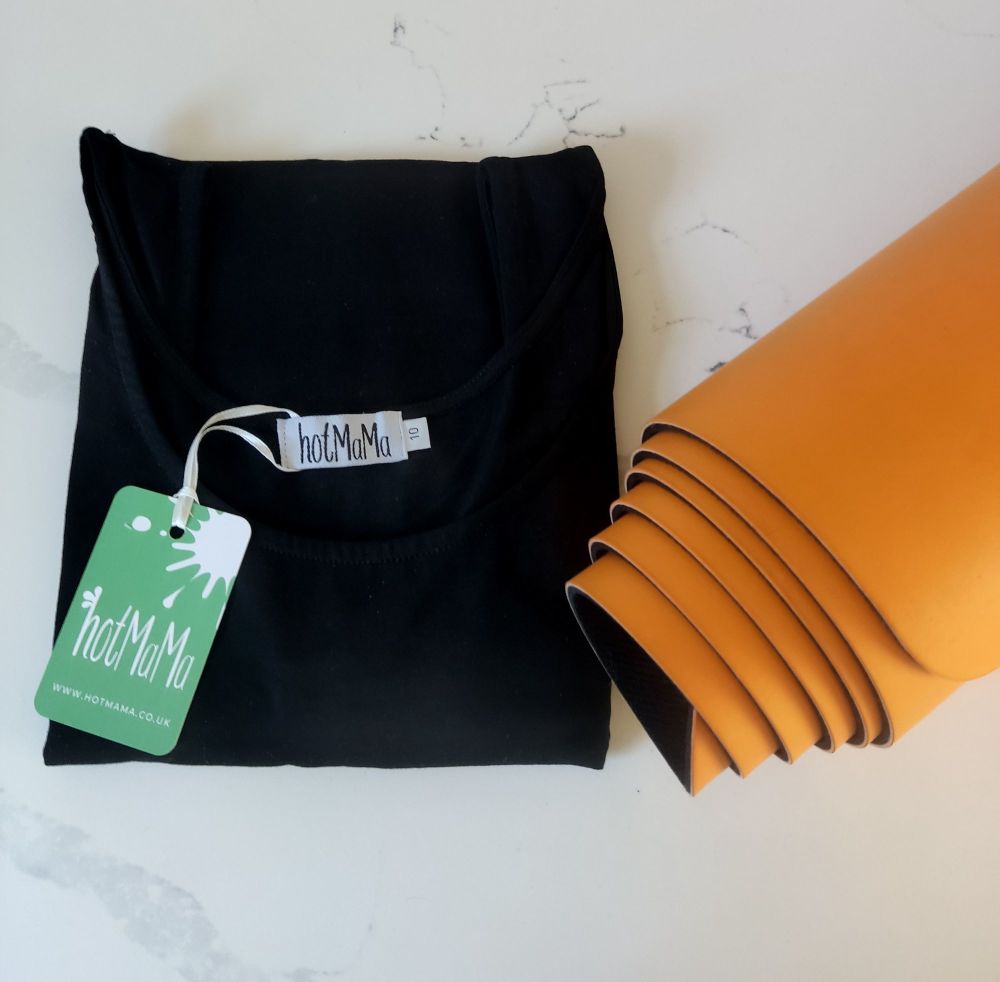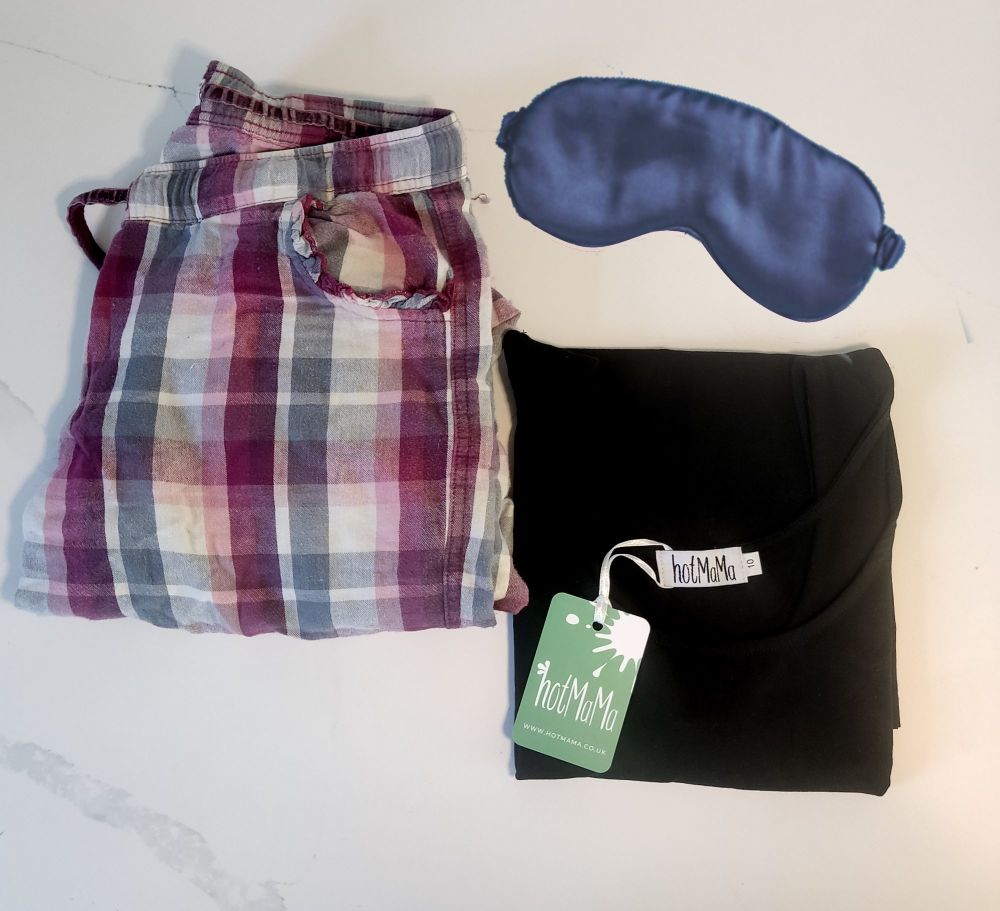What's in your breast milk?
Posted on
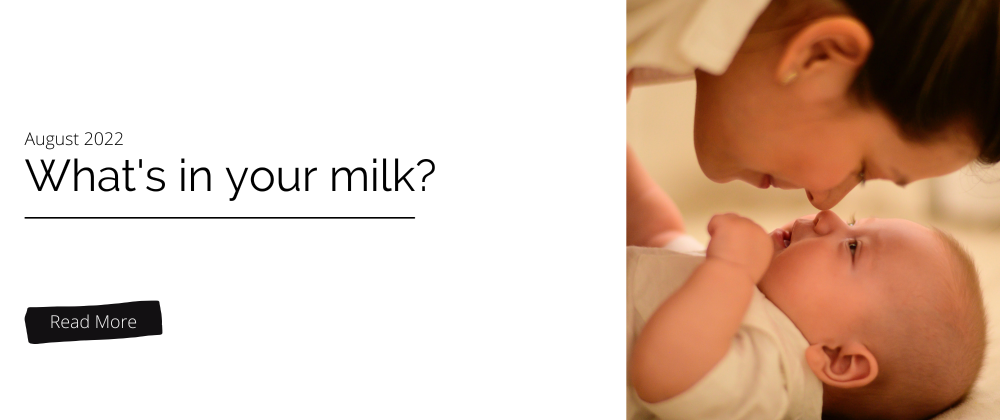
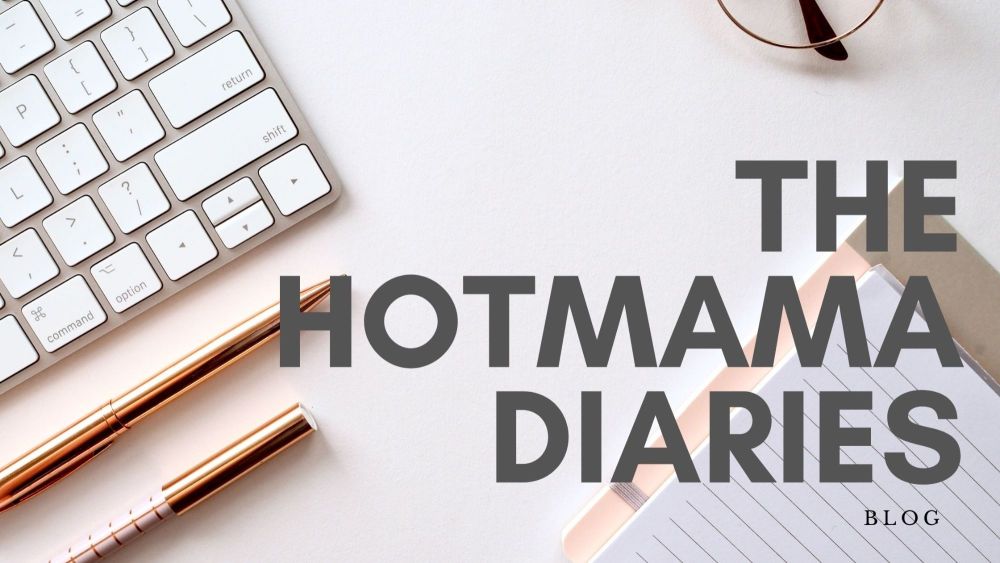
Everyone has a different experience of parenting and motherhood and there is no right or wrong path. The hotMaMa diaries is a place to read stories from other mothers and even share your own!
To be featured on the hotMaMa Diaries contact us an email to [email protected]

Posted on

Posted on
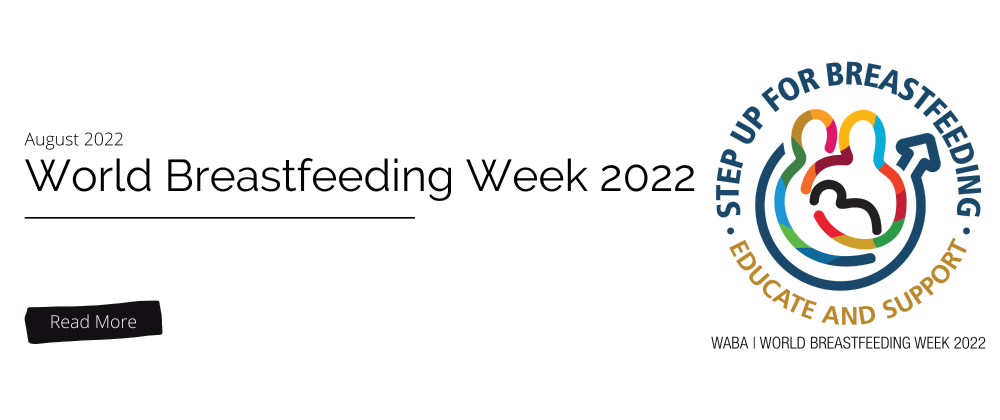
The week promotes breastfeeding and encourages women across the globe to breastfeed their children for a certain period.
The week aims to recognize why breastfeeding is essential for newborns as well as their mothers. It also reveals the advantages of the process.
During World Breastfeeding Week, several facts regarding breastfeeding come to the forefront, including what a nursing mother should eat, when she should feed the child, etc.
Posted on

It's so lovely to enjoy a bit of sunshine and just like adults and older children babies need to stay hydrated! Here are some top tips for you and your breastfed baby:
During hot weather your baby may want to breastfeed more than usual, this is totally normal and part of your baby naturally upping their fluid intake for the hot weather. Your mammary glands will actually start to produce milk with a higher water content in hot weather to keep your baby more hydrated.
Sometimes the feeds may be more frequent and shorter as they need lots of little drinks in the heat.
Keep yourself comfortable when feeding. When everyone is feeling the heat the last thing you want to do is snuggle up together so make sure you stay cool by seeking the shade and staying well hydrated yourself. Make sure you have water on hand when you sit down to feed and have a bottle with you if you head out.
A towel, pillowcase, or cloth nappy placed between your baby and your arm and body can be helpful to feel less clammy and sweaty when feeding and experimenting with different positions like the rugby ball hold can help too.
Exclusively breastfed babies don't need any additional water until they start eating solid foods at around six months. From six months onwards you can start to offer them a little water but their main fluid intake will still come from breastmilk.
Increased breastfeeds and hot weather can be intense and draining on you, make sure to be kind to yourself and get plenty of rest in the hot weather.
If you're ever worried about your baby remember you can always seek professional advice from your health visitor or GP.
Sources (NHS online, Medela, Australian Breastfeeding Association
Posted on
Who knew there were so many different positions for breastfeeding? Proper positioning is essential in helping your newborn latch on the right way, as well as preventing nipple soreness and other breastfeeding problems. With some trial-and-error, you'll find the breastfeeding position that works best for you, have you tried these?
Posted on
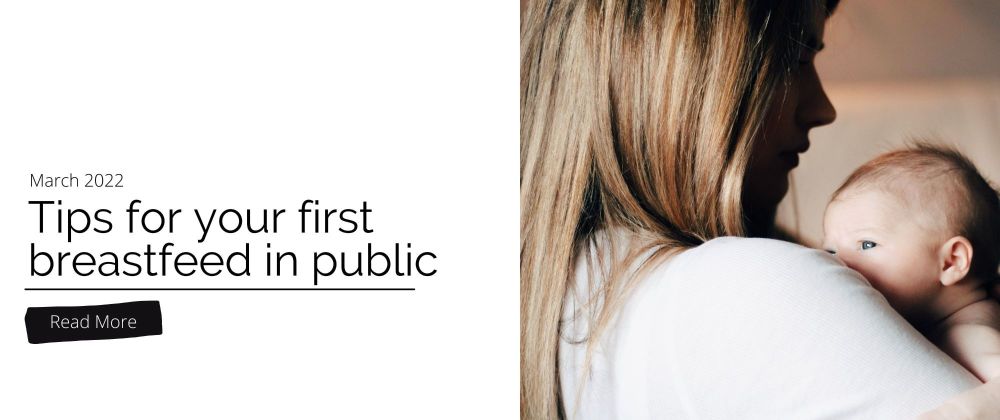
Your first breastfeed outside your own home can feel scary. What can you do to make it a little less daunting?
Go somewhere you are familiar with
There's so much more to think about now you have a little one like if there's space for a pram of if a baby carrier would be better or if there is a baby change is. All things you don't want to be stressing about with a hungry baby.
Make sure you can sit down comfortably
Perching precriously on the edge of a wall or having to stand is no good. You'll be uncomfortable and it will have you rushing for the feed to be over. Make sure you can relax so your little one can have time to fill that little tummy and make it a positive experience. Cafes are great at having comfortable chairs for breastfeeding.
Get your clothing right!
You don't want to feel flustered trying to get your boob out, dealing with excessive complicated layers. One of our specially designed breastfeeding tops or dresses will make feeding access a breaze even with just one hand.
Allow enough time
Again, you don't want to feel rushed and you want to make sure your baby is not overly hungry before you're actually positioned and ready to feed.
Take a friend
Arrange to meet or go with a friend one with another baby is a bonus. It's always nice to have someone to talk to and if you're with someone you're comfortable with you'll feel more at ease feeding.
Have a drink with you or get one Breastfeeding is thirsty work mama!
Wear breast pads, just incase you leak!
Last of all, don't worry! Remember that breastfeeding your baby is normal and once you start thinking about it you'll probably spot lots of breastfeeding mamas out and about feeding that you just wouldn't have spotted before. Relax, sit back and enjoy!
Posted on
